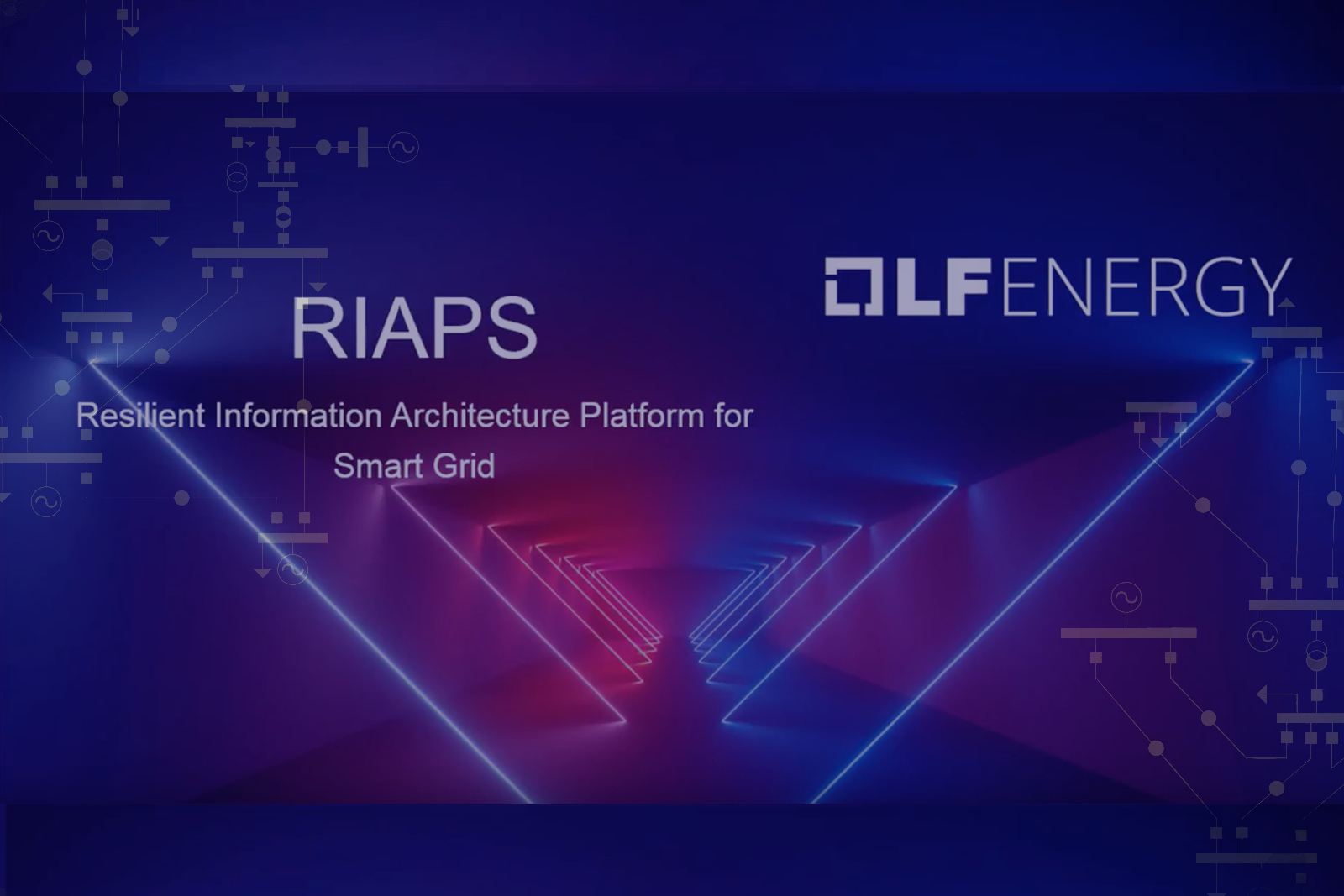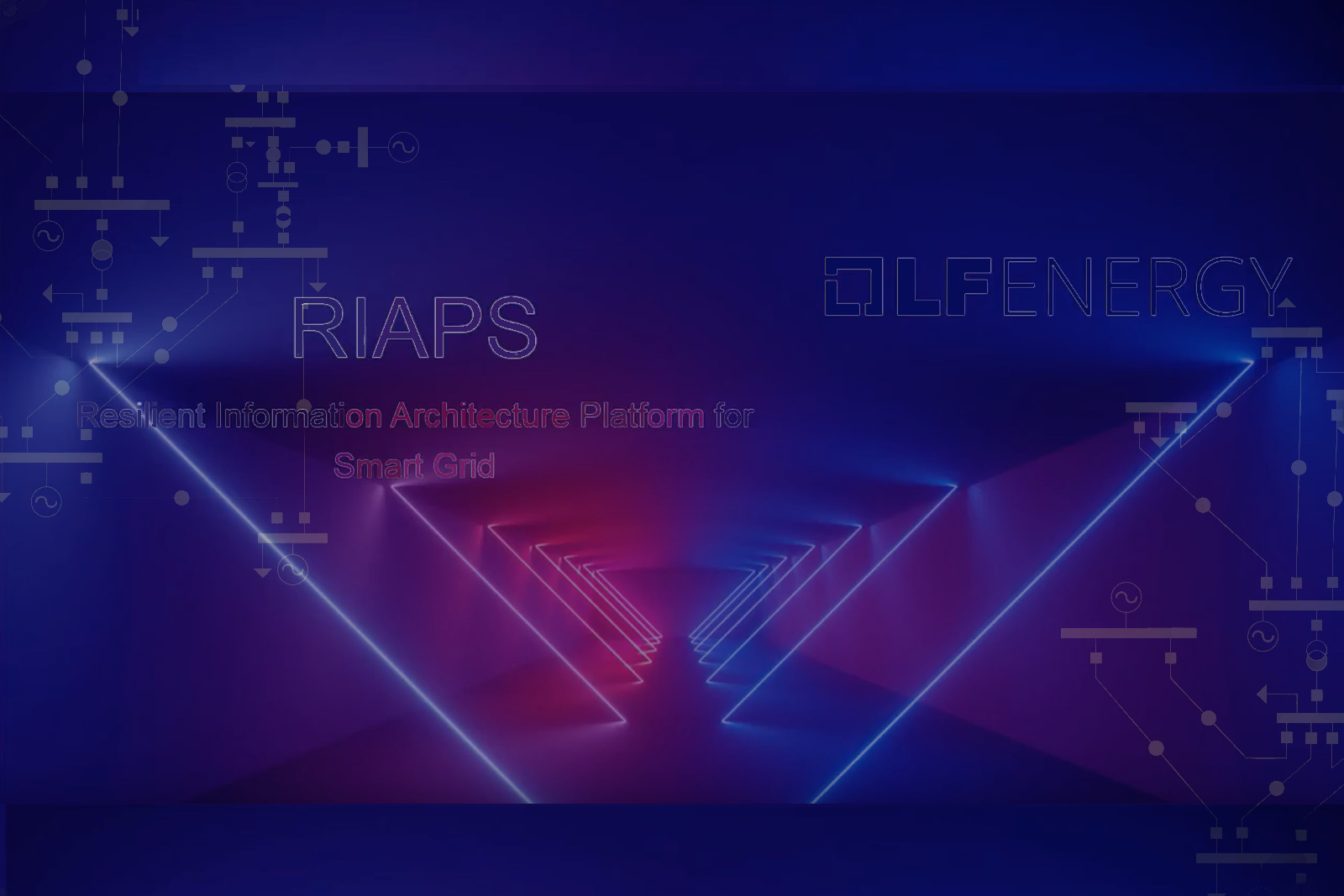
Demonstrations
RIAPS at LF Energy Summit
RIAPS was demonstrated on Wednesday, October 24, 2018 at the first ever LF Energy Summit was held in Edinburgh, UK. This presentation describes the RIAPS platform and demonstrates how it can be utilized to run a simple application. Also shown is a microgrid resynchronization application created with this platform in collaboration with the NSF FREEDM ERC at North Carolina State University.
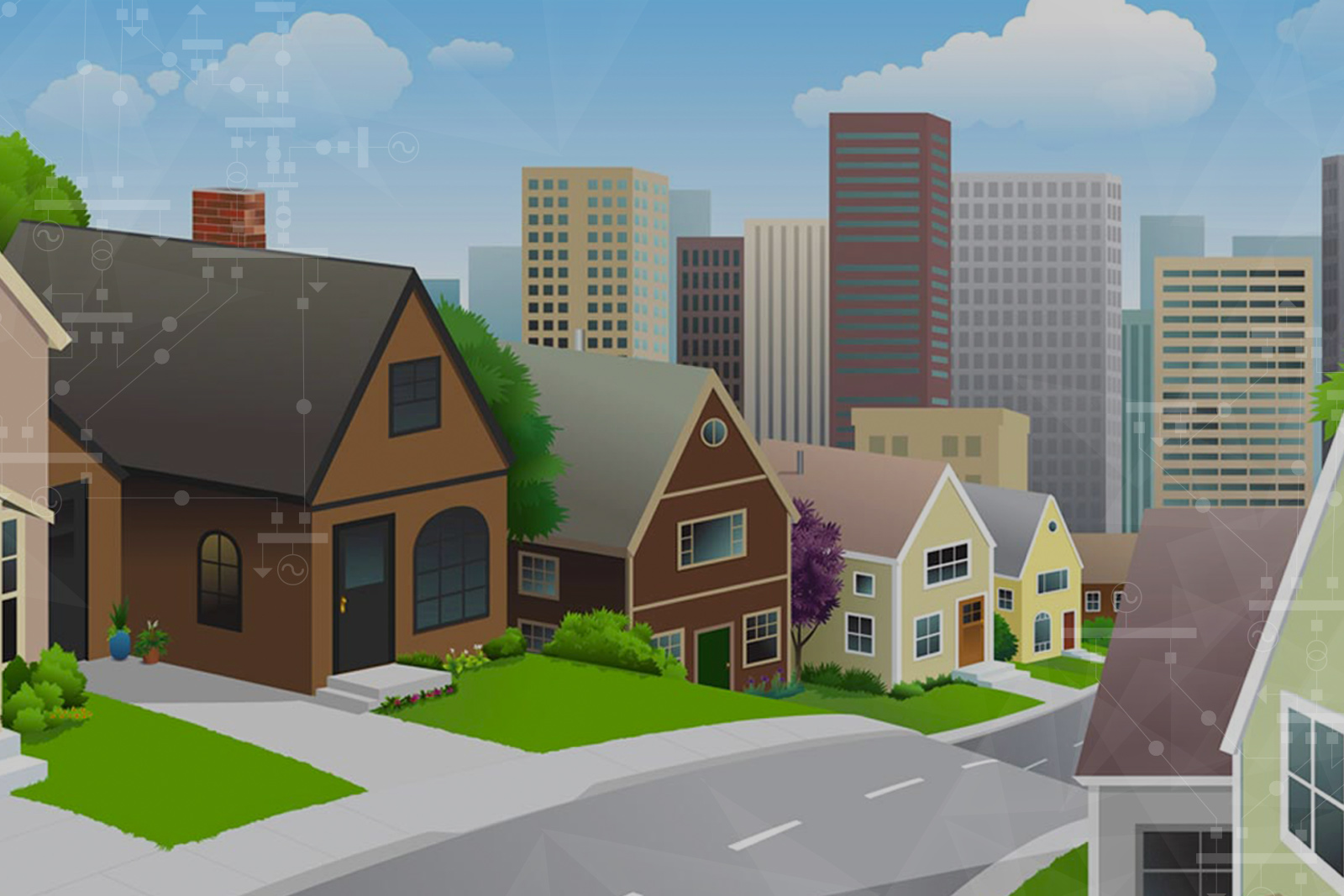
This video shows the a distributed secondary control for a nested Microgrid reconfiguration application on the RIAPS platform by North Carolina State University NSF FREEDM ERC team. The application achieved seamless transition for microgrid reconfiguration while maintaining the voltage unbalance factor at critical loads within acceptable range. The system utilized an Opal-RT real-time simulator, TI F28377S DSP, TI Beaglebone Black single board computers and a controlling application on a Linux machine.

This video demonstrates the minimal wind curtailment remedial action scheme (RAS) application when the system is subject to violations in operational limits (e.g. line capacity ratings, voltage magnitudes). This application is developed by Smart Grid Demonstration and Research Investigation Lab (SGDRIL) at Washington State University (https://sgdril.eecs.wsu.edu/), in collaboration with Vanderbilt University. The real-time hardware-in-the-loop simulation testbed is based on Real-Time Digital Simulator (RTDS) with modified IEEE 14-bus test system integrated with three wind farms, utilizing TI BeagleBone Black single board computers and a RIAPS controlling application on a Linux virtual machine.

This video introduces the Resilient Information Architecture Platform for Smart Grid (RIAPS) and demonstrates a simple application development and deployment cycle. We will introduce software development within the actor model, and use these concepts to create a simple application that reports data collected from an imagined Phase Measurement Unit (PMU).
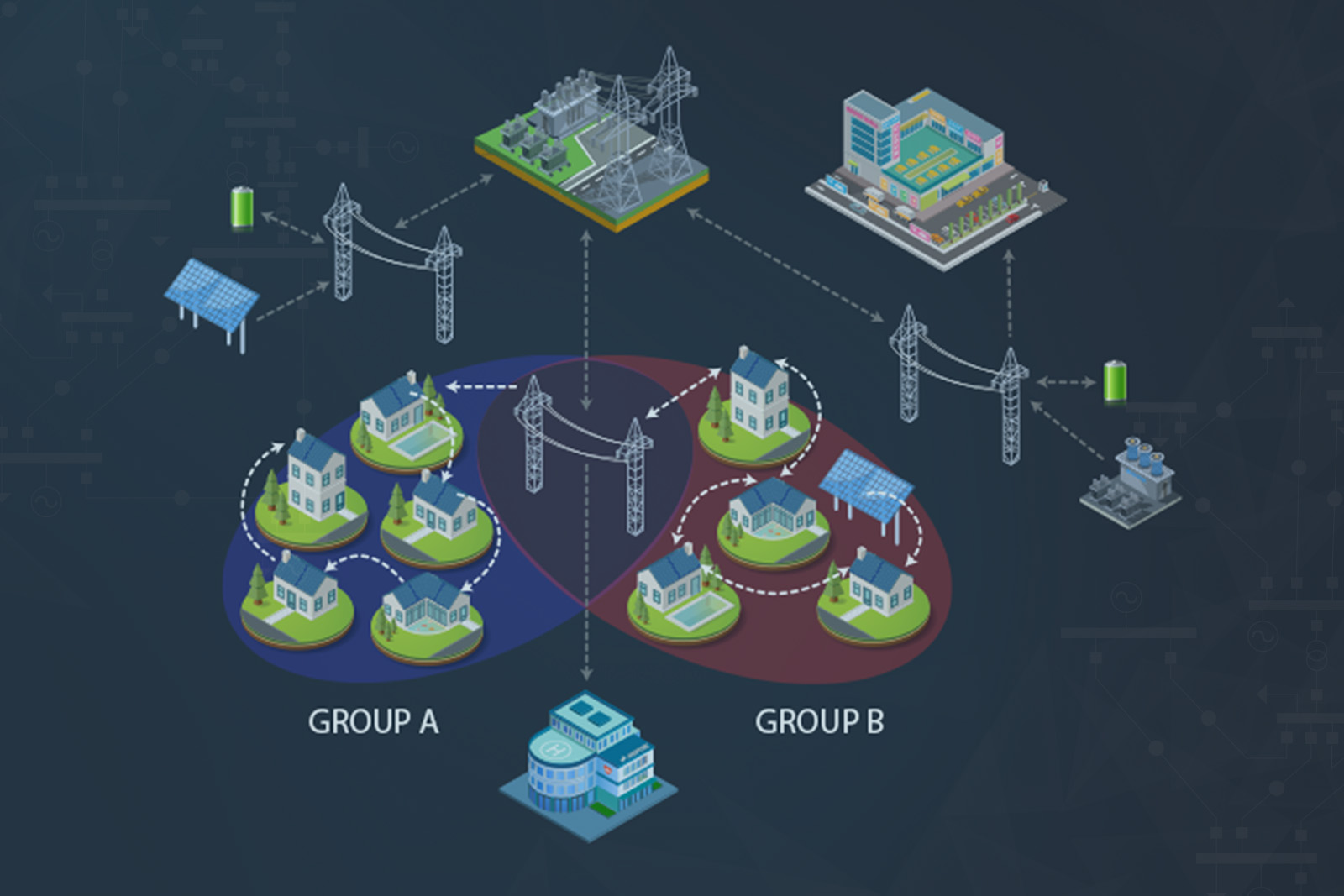
This video builds upon the application from Episode 1 to teach message-passing concepts in distributed programming. A publish/subscribe ("pub sub") message pattern is added to the application in order to show data logging on a different node in the network. Learn more about Actor Level Logging at https://riaps.github.io/tutorials/logging.html
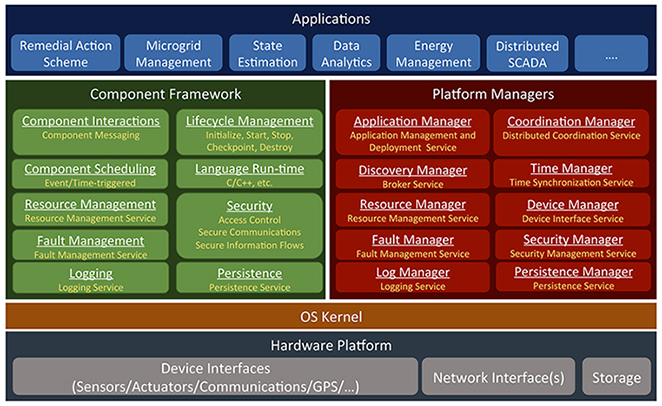
This application demonstrates the Timed Distributed Coordination services available on the RIAPS platform. This was presented at the 2018 ARPA-E Energy Innovation Summit by the Vanderbilt University team. This service enables group formation, leader election, consensus on an action and future execution time, along with execution of the action precisely at the same time across the group members.

This application was demonstrated at the 2018 ARPA-E Energy Innovation Summit on the RIAPS platform by North Carolina State University NSF FREEDM ERC team. Two elements of the application are voltage/frequency restoration in islanded mode and microgrid synchronization with the main grid. The system utilized an Opal-RT real-time simulator, TI F28377S DSP, TI Beaglebone Black single board computers and a controlling application on a Linux machine.

This application shows the Remedial Action Scheme for Wind Curtailment application on the RIAPS platform presented at the 2018 ARPA-E Energy Innovation Summit by the Washington State University team. The system utilized a RTDS real-time simulator, Actuator/PMU/Relay hardware, TI Beaglebone Black single board computers and a controlling application on a Linux machine.

Remedial Action Scheme Application
This application demonstrates the Distributed Remedial Action Scheme for Under-Frequency Load Balancing application on the RIAPS platform presented at the 2018 ARPA-E Energy Innovation Summit by the Washington State University team. The system utilized a RTDS real-time simulator, TI Beaglebone Black single board computers and a controlling application on a Linux machine.
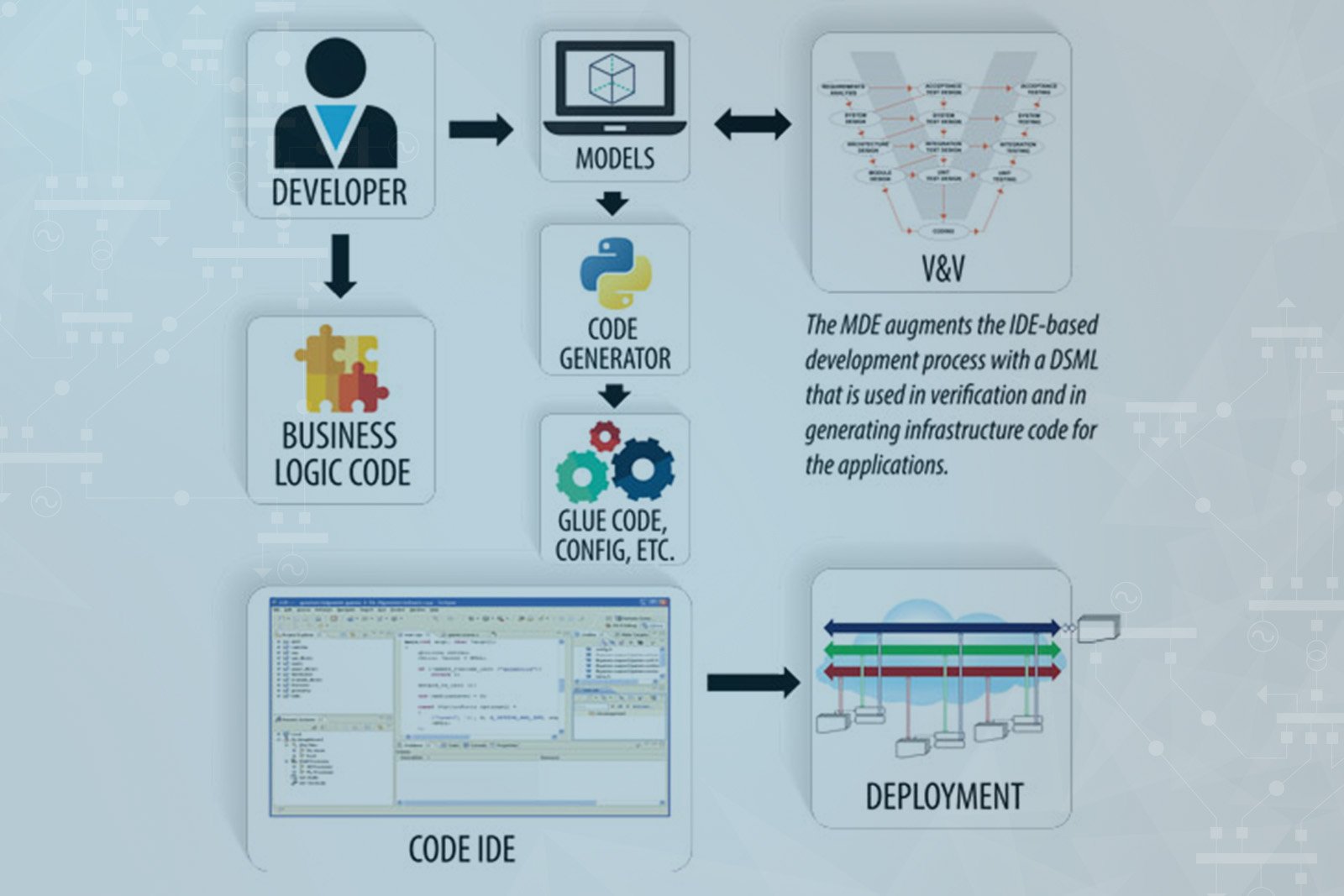
Presented at the 2018 ARPA-E Energy Innovation Summit to show the Development Environment available on the RIAPS platform developed by the Vanderbilt University team.
- Application modeling language
- Eclipse-based IDE
- Application deployment controller

This application shows a Transactive Energy application integrated with the Adaptive Distributed Control for Microgrid Synchronization application on the RIAPS platform. This was presented at the 2018 ARPA-E Energy Innovation Summit by Vanderbilt University in collaboration with North Carolina State University NSF FREEDM ERC, University of Houston, and Siemens, CT.

Demonstrates how a distributed Microgrid Re-synchronization application can be implemented running on four RIAPS nodes
- One node is used to capture the data from the system
- Three nodes are connected to a real-time power grid simulator

Demo Abstract
This application demonstrates two distributed RIAPS nodes in a network interacting with a distribution level power system simulator (GridLAB-D) and each other. Each RIAPS node is hosting a different application actor, one is a Generator Actor and the other a Consumer Actor. The Generator Actor is setting the price of the energy based on the consumer usage, while the Consumer Actor is adjusting their heating setpoint based on the price.

Demo Paper
The RIAPS platform provides a versatile framework to address other distributed application problems, such as intersection management in a smart city environment. This example utilizes a city simulation where the traffic lights in each intersection are controlled by a traffic controller application implemented with the RIAPS platform running on embedded single board computers. The simulation sends simulated “sensor data” to the intersection controllers consisting of the traffic density for the incoming road segments, as well as the current state of the traffic lights. Each intersection controller shares this information with its neighboring controllers, and each uses the information to estimate the traffic incoming on each segment. This information is used to change the state of the traffic light with the objective of improving the flow of traffic. The testbed utilizes 4 RIAPS nodes (using Beaglebone Black) connected through an Ethernet switch to a computer running a city simulation video game.
The information, data or work presented herein was funded in part by the Advanced Research Projects Agency - Energy (ARPA-E), U.S. Department of Energy, under Award Number DE-AR0000666. The views and opinions of the authors expressed herein do not necessarily state or reflect those of the United States Government or any agency thereof.

